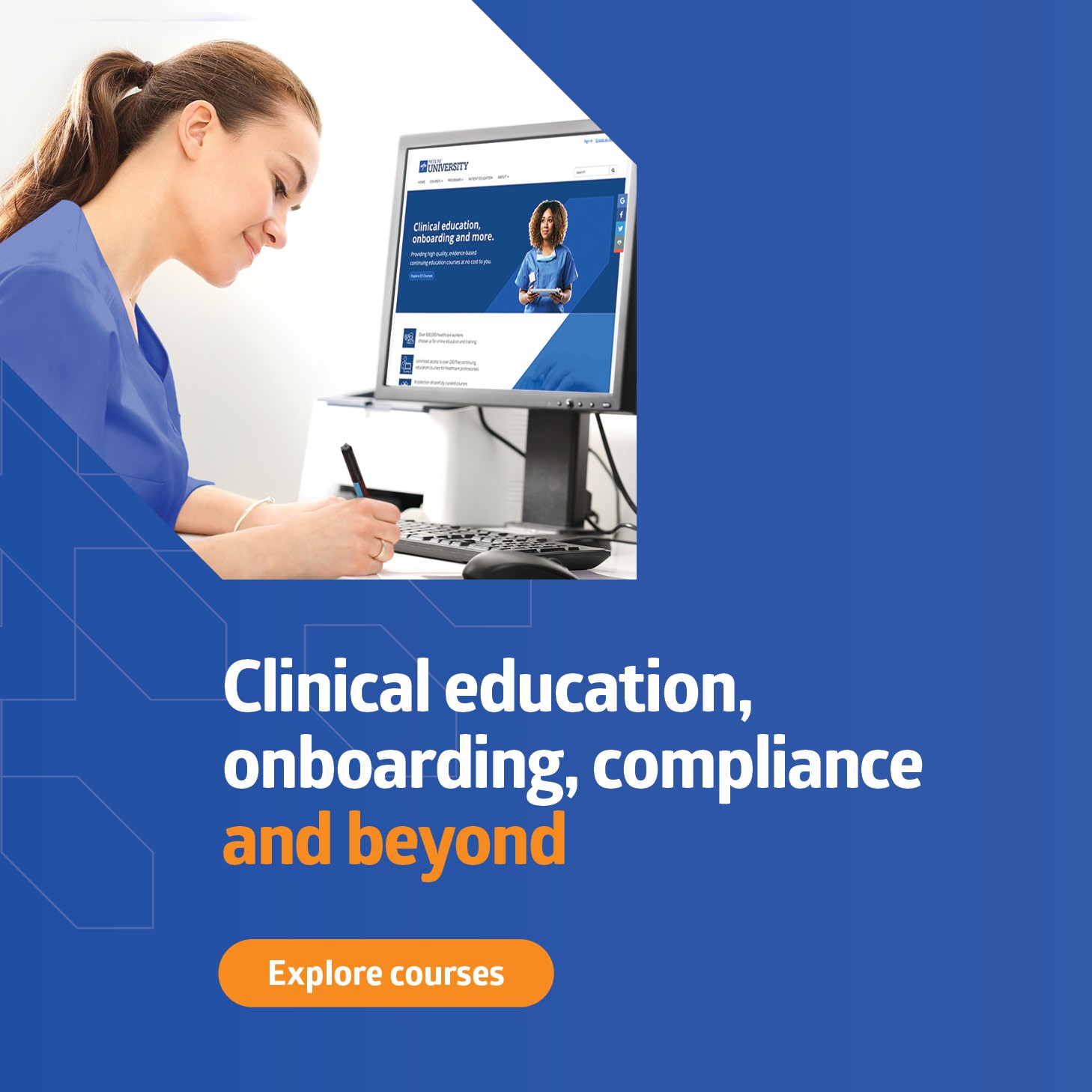A CNO’s Four Considerations for Your Practice Based on New Stroke Guidelines

By Martie Moore, RN, MAOM, CPHQ | February 23, 2018
Stroke is still the second-leading cause of death in the world. In America, stroke kills about 140,000 Americans each year—that’s 1 out of every 20 deaths and it also contributes heavily to adult disability.¹ It has impacted my life and I am sure it has impacted yours. I’m a healthcare professional whose blood pressure changed silently, making a few changes to my diet. New guidelines were just published in the American Heart Association’s journal Stroke and announced at the American Stroke Association’s International Stroke Conference. Based on a review of more than 400 research studies, the guidelines supersede the 2013 guidelines and all subsequent updates.
These are four immediate benefits I see for clinicians in how we treat our patients.
1. More time for treatment
Healthcare today is about the quality of care, not how many patients we get in through the door. I see clinicians having a longer time frame to work toward positive outcomes for our stroke patients as one of the top takeaways. That’s because we now have a greater understanding that some patients may have a mechanical clot removal up to 24 hours after symptoms begin. The limit used to be six hours, but new research showed that some carefully selected patients may benefit even after an extended amount of time.²
2. Improved care
The first benefit leads right into this next one, where we can truly make an impact on outcomes because of HOW we treat the patient. Based on work from an independent evidence review committee, we can now take into consideration that patients may qualify for mechanical thrombectomy (MT) if they have a blood clot in a large artery inside the head supplying part of the brain. This type of clot may not respond well to IV medication alone, can cause serious complications such as brain swelling, and can lead to considerable disability or death. Up to 20 percent of all ischemic stroke patients are currently eligible for clot removal. Removing blood clots from large arteries can mean the difference between stroke survivors being independent versus being dependent on others, which makes a big difference in their quality of life.
3. Targeted approach
Early stroke symptom recognition remains a critical element in achieving the best outcomes for patients; however a lack of awareness among certain groups remains poor. The research shows African-Americans and Hispanics have lower stroke awareness than the general population and are at increased risk of prehospital delays in seeking care. Based on the recommendations, public education programs should be created and targeted toward the community in which it exists. This focused education should ultimately lead to improved outcomes as we move these patients into care earlier on. Providers must be aware of this approach in their local communities and base programs on that information.
4. Changes in system of care
Protocols for inter-hospital transfer of patients should be established and approved beforehand so that efficient patient transfers can be accomplished at all hours of the day and night. This is where the advanced technology procedures we have today come into play as the guidelines also recommend video consultation to hospitals without stroke experts so doctors can give alteplase quickly. Ideally, hospitals should work faster than the current 60-minute standard for IV treatment, with a goal of treating at least half of patients within 45 minutes, according to the guidelines. Video consultation, or telemedicine, also can help hospitals determine which patients qualify for mechanical clot removal.
While these guidelines will hopefully increase and harmonize care, it’s still our responsibility to educate patients on recognizing the signs and symptoms of stroke. We must engage beyond American Heart Month and continue working together and with other healthcare partners to continue research and the evaluation of treatment for our acute ischemic stroke patients.
Medline is a proud to partner with the American Heart Association to support its mission to help people build healthier lives free of cardiovascular disease and stroke.
Sources:
1. Vital Signs: Recent trends in stroke death rates – United States, 2000-2015. MMWR 2017;66.
2. William J. Powers, Alejandro A. Rabinstein, Teri Ackerson, Opeolu M. Adeoye, Nicholas C. Bambakidis, Kyra Becker, José Biller, Michael Brown, Bart M. Demaerschalk, Brian Hoh, Edward C. Jauch, Chelsea S. Kidwell, Thabele M. Leslie-Mazwi, Bruce Ovbiagele, Phillip A. Scott, Kevin N. Sheth, Andrew M. Southerland, Deborah V. Summers, David L. Tirschwell, on behalf of the American Heart Association Stroke Council. 2018 Guidelines for the Early Management of Patients With Acute Ischemic Stroke. January 24, 2018.
Martie Moore, RN, MAOM, CPHQ
Chief Nursing Officer
Martie L. Moore, RN, MAOM, CPHQ, is the chief nursing officer at Medline. As CNO, Moore develops forward-thinking, solution-driven clinical programs, as well as new products and educational services. Prior to joining Medline, Martie was the chief nursing officer at Providence St. Vincent Medical Center in Portland, Ore. Under her leadership, Providence St. Vincent earned a third and fourth designation for Magnet.
